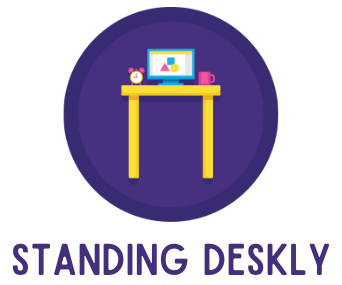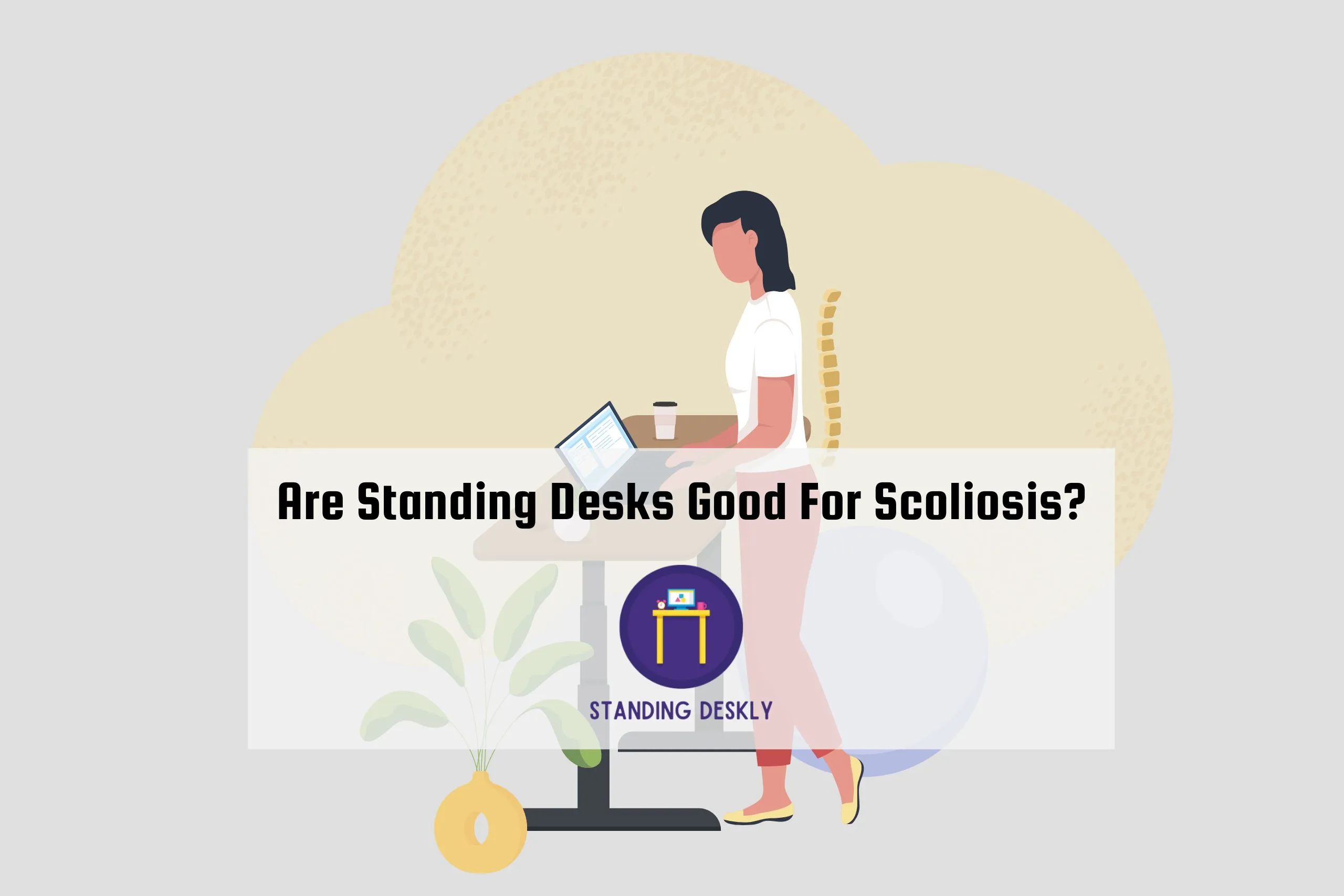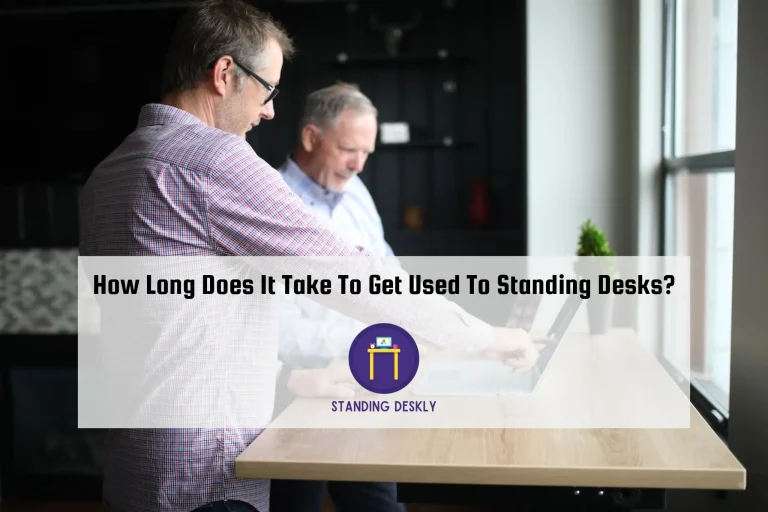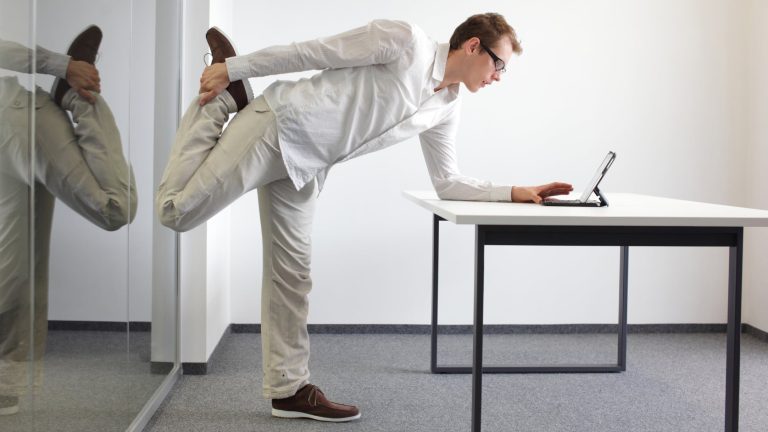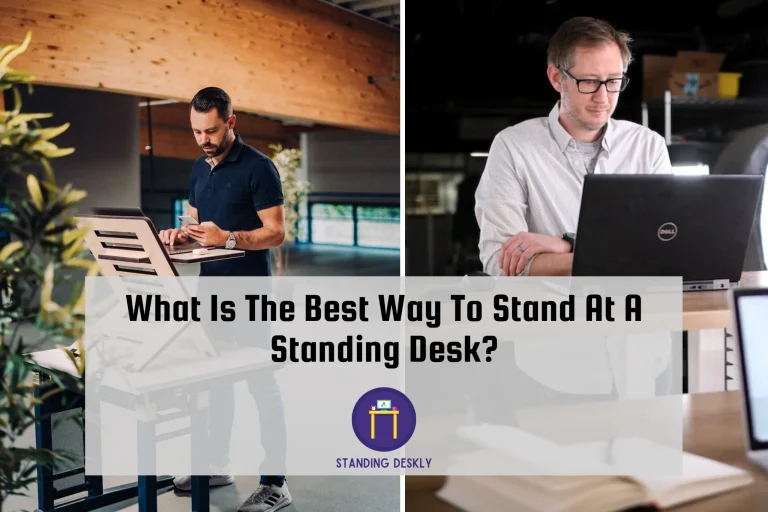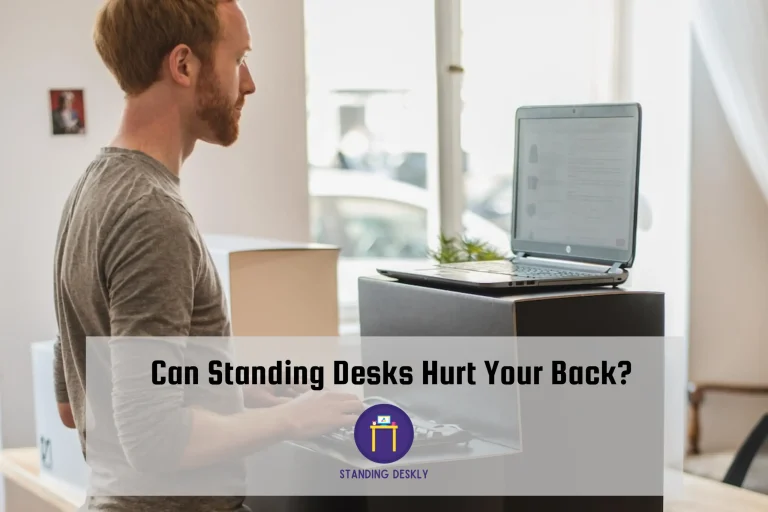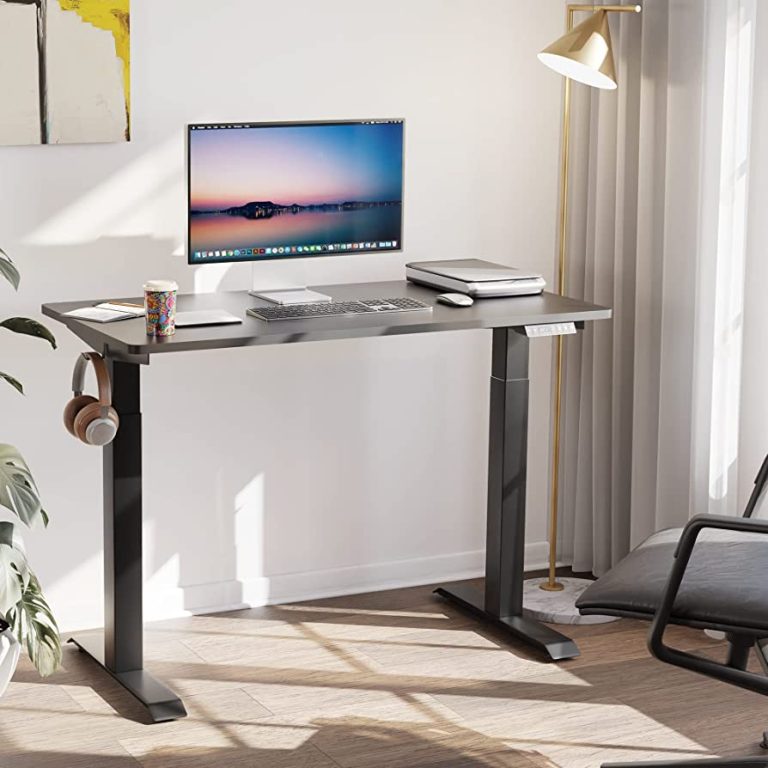Are Standing Desks Good For Scoliosis?
It’s a question many people are asking, and there is mixed evidence on the effects of standing desks on this common spinal disorder. Some studies show that using a standing desk may make the spine less curved, while others show that poor posture may be a problem.
So, before you jump into trying out a standing desk, it’s important to understand how it could potentially help or hurt your condition—and how you should set up your workstation if you have scoliosis. In this article, we’ll explore the potential benefits of using a standing desk for those with scoliosis, so read on to find out more!
Research on Using Standing Desks for Scoliosis
Using standing desks for people with scoliosis is a controversial topic. While some studies suggest that standing desks can be beneficial, others suggest that they can make scoliosis symptoms worse. It is important to understand the research on this topic before making any decisions about using a standing desk if you have scoliosis.
One study found that using a standing desk increased the postural stability and muscle activity of participants with scoliosis when compared to sitting in an ergonomic chair.
Another study suggested that using a height-adjustable desk could lead to less pain and fatigue in people with scoliosis, as well as improved posture and spine alignment.
So, It is important to note that whether or not a standing desk would be beneficial for someone with scoliosis will likely depend on their individual condition and severity of their symptoms. Therefore, it is best to discuss the pros and cons of using a standing desk with your doctor before making any changes.
Is It Better To Sit Or Stand With Scoliosis?
When it comes to scoliosis, the debate over whether sitting or standing is better can be confusing. For many people with scoliosis, standing desks can provide relief from pain and discomfort while they work.
Standing desks are made so that the spine can stay in a more neutral position. This helps improve posture and relieve pressure on the lower back. This helps to reduce the strain on the spine caused by scoliosis, as well as stress on other areas of the body such as the hips and shoulders.
However, standing for too long can also be harmful for those with scoliosis. The weight-bearing nature of standing can put a lot of strain on areas of the body that are already weakened or misaligned due to scoliosis. This can lead to further pain and discomfort, so it’s important to take regular breaks from standing in order to give your body time to rest and recover.
The best thing for those with scoliosis is to maintain a balance between sitting and standing throughout their day. Alternate between sitting and standing every hour or two when possible, taking short breaks every couple of hours if necessary.
Working at a desk set up specifically for those with scoliosis can help you maintain an ergonomic posture while working, which reduces stress on your spine and helps ease any potential pain or discomfort caused by your condition.
How Should I Sit If I Have Scoliosis?
If you are living with scoliosis, it is important to understand how to sit correctly in order to avoid further pain and discomfort. Sitting in a good posture can help reduce the pressure on your spine, which is especially important if you have scoliosis.
When sitting, make sure that your lower back is supported by a chair or cushion. You should also sit close enough to whatever surface you are using so that your feet can rest flat on the floor. To make sure your back is straight and your shoulders are over your hips, try to keep your back straight and your shoulders over your hips.
In addition, it’s important to keep moving throughout the day and not stay in one position for too long. Taking regular breaks from sitting and standing up every hour is beneficial and will help reduce any strain on your spine. You might even find that switching between standing and sitting helps relieve any tension that scoliosis causes.
Finally, be mindful of any activities that can strain your spine or worsen symptoms of scoliosis, such as lifting heavy objects or making twisting movements. When engaging in strenuous activity, be sure to bend at the knees rather than at the waist or back, as this will put less pressure on the spine.
Final Verdict
When it comes to using standing desks for scoliosis, the evidence is mixed. While some people find that using a standing desk helps reduce their symptoms, others may find that it makes them worse. Ultimately, it will depend on the individual and the severity of their scoliosis.
If you have scoliosis and are looking to use a standing desk, it’s important to consult with your doctor or physical therapist first. They can help you determine whether a standing desk is the best option for you and provide guidance on how to properly sit or stand if you do decide to use one.
Whether you choose to sit or stand, be sure to listen to your body and take regular breaks throughout the day.
Hey there!
I hope you’re enjoying the article you’re reading! I value your feedback and would love to hear your thoughts on how to improve it. If you have any suggestions, please feel free to send an email at editorial@standingdeskly.com along with the article URL.
Thank you for taking the time to help me improve my content. Your suggestions are greatly appreciated!

I’m the author and developer of Standingdeskly, the go-to site for standing desk enthusiasts. I provide comprehensive reviews of standing desks along with office setup tips. Combining years of research and personal experience, our goal is to make it easy for you to find the perfect standing desk tailored to your needs.
